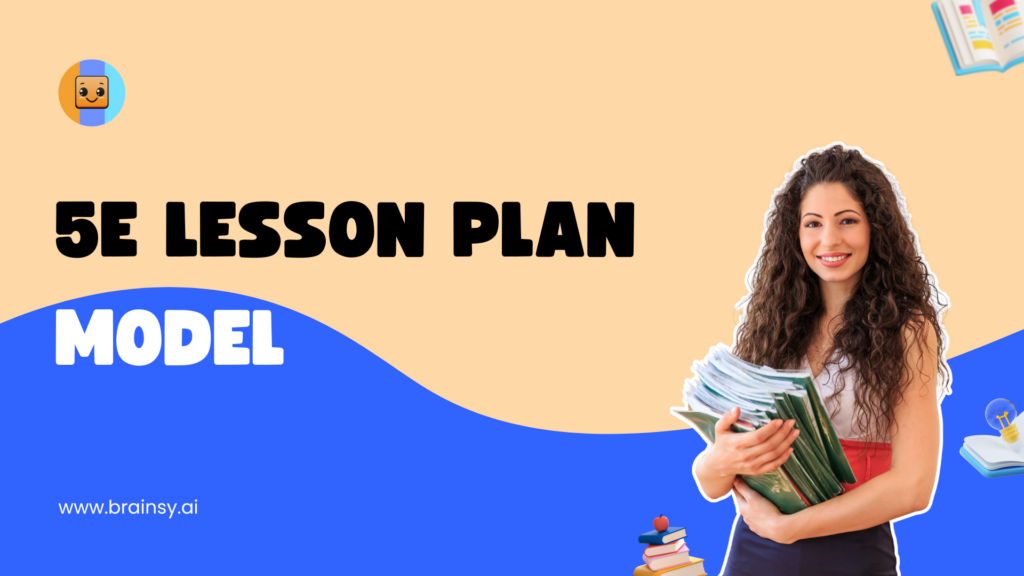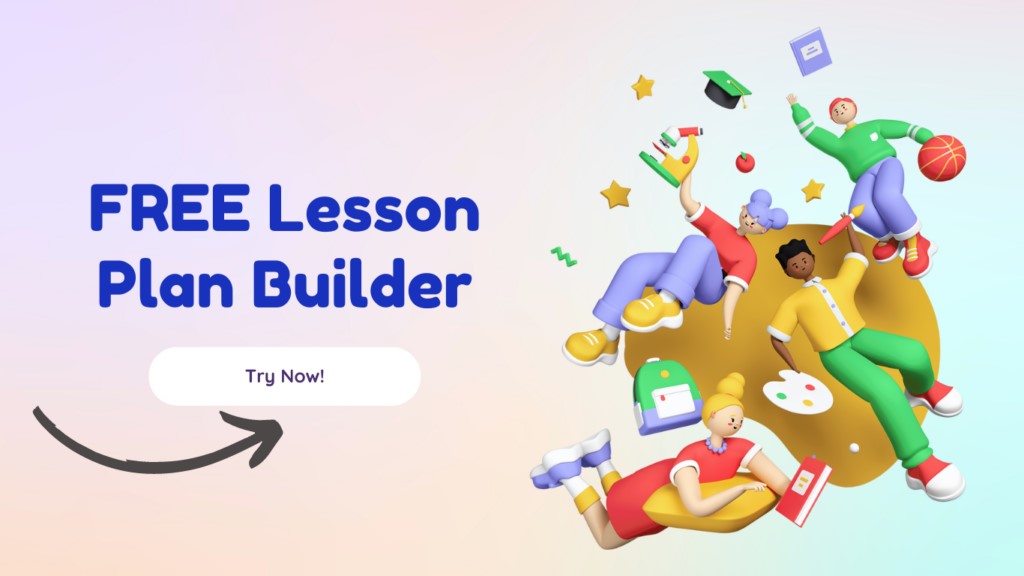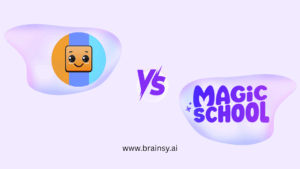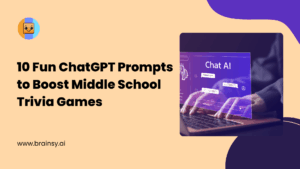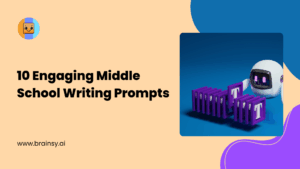In today’s rapidly evolving educational landscape, effective learning strategies are essential for fostering student engagement and comprehension. As educators, we are constantly seeking teaching strategies that enhance learning outcomes and accommodate diverse learning styles. The cornerstone of effective learning strategies lies in creating an environment that encourages exploration, critical thinking, and practical application of knowledge.
One of the key aspects of effective learning is understanding the various ways students absorb and process information. Some students excel with visual aids, while others find success through auditory or kinesthetic learning techniques. By recognizing these differences, we can tailor our teaching approaches to meet the unique needs of each student, thereby fostering a more inclusive and effective learning environment.
Moreover, effective learning strategies are not limited to the classroom. They encompass a holistic approach that includes fostering a growth mindset, encouraging collaboration, and integrating real-world applications. With the rise of AI in education, educators now have powerful tools to personalize learning, analyze student performance, and adapt instruction in real-time. By combining traditional methods with innovative technologies, we can bridge the gap between theoretical knowledge and practical skills, preparing students for success beyond the classroom walls.
The 5E Model of Instruction Explained
What is 5E? The 5E Model of Instruction, also known as the 5E learning cycle or simply the 5Es, is a powerful framework designed to enhance effective learning across diverse educational settings. This 5E model of teaching consists of five phases: Engage, Explore, Explain, Elaborate, and Evaluate. Each phase plays a crucial role in guiding students through the learning process, ensuring a comprehensive understanding of the subject matter.
1. Engage
In this initial phase, we capture students’ interest and stimulate their curiosity. This can be achieved through thought-provoking questions, intriguing demonstrations, or relatable scenarios. The goal of the Engage phase is to create a sense of wonder and motivation to learn more, activating students’ prior knowledge.
2. Explore
During the exploration phase, students actively participate in hands-on activities, experiments, or investigations. This active learning approach allows them to construct their own understanding, fostering deeper learning and retention of information.
3. Explain
In the explanation phase, students articulate their understanding and teachers provide guidance to clarify concepts. This is a crucial step, as it allows for the correction of misconceptions and the reinforcement of accurate knowledge, promoting conceptual understanding.
4. Elaborate
The elaboration phase encourages students to apply their newfound knowledge to new situations or problems. This not only solidifies their understanding but also promotes critical thinking and problem-solving skills, enhancing scientific reasoning.
5. Evaluate
Finally, the Evaluate phase involves assessing students’ understanding and mastery of the content. This can be done through formative assessment techniques, quizzes, projects, or self-assessment, providing valuable feedback for both students and educators.
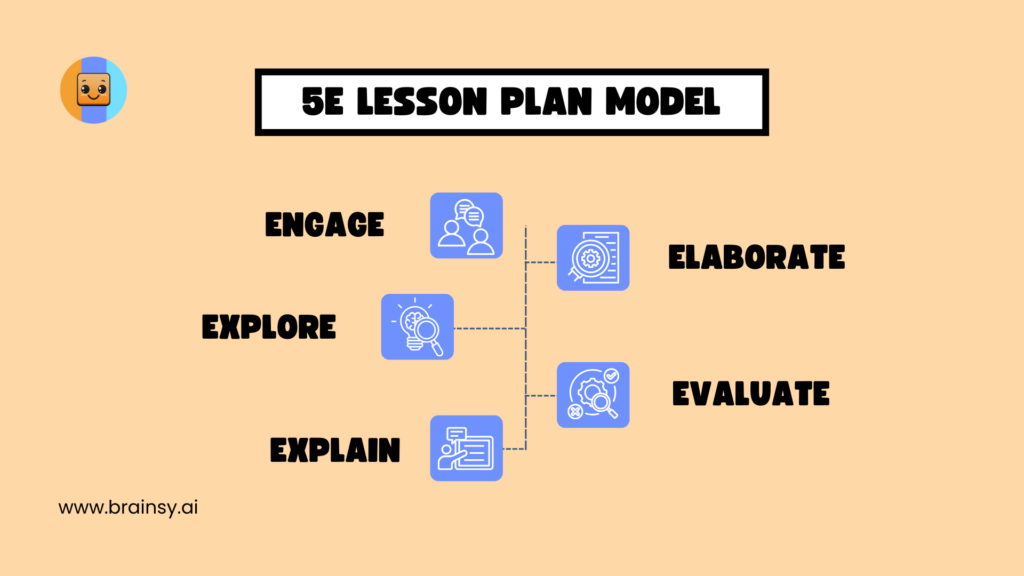
Benefits of Implementing 5E Lesson Planning
Adopting the 5E Model in lesson planning offers numerous benefits that contribute to effective learning. Firstly, it promotes active engagement, which is essential for deep learning. By encouraging students to explore and elaborate on concepts, they become active participants in their own learning journey, leading to greater retention and understanding.
Secondly, the 5E Model fosters critical thinking and problem-solving abilities. As students move through each phase, they are encouraged to question, analyze, and apply their knowledge in various contexts. This not only enhances their cognitive skills but also prepares them for real-world challenges where they must think independently and creatively.
Additionally, with the integration of AI for students, educators can further personalize and enhance the learning experience within the 5E framework. AI tools can help identify individual strengths and gaps, offer targeted feedback, and adapt lessons to meet each student’s unique needs—making learning more efficient and meaningful.
Lastly, the 5E Model accommodates diverse learning styles and paces. By incorporating a variety of activities and assessments, it provides opportunities for all students to thrive, regardless of their preferred learning modality. This inclusivity ensures that no student is left behind and that each one can achieve their full potential.
Effective Learning Strategies for Diverse Classrooms
In today’s multicultural classrooms, effective learning strategies must account for diversity in language, culture, and learning abilities. Recognizing and valuing these differences is crucial for creating an inclusive and supportive learning environment.
One effective strategy is instruction, which involves tailoring teaching methods to accommodate the varied needs of students. This can include providing multiple options for assignments, using a range of instructional materials, and offering individualized support. By doing so, we ensure that all students have equal opportunities to succeed.
Another strategy is promoting cultural relevance in the curriculum. By integrating culturally diverse perspectives and examples, we can make learning more relatable and meaningful for students from different backgrounds. This not only enhances classroom engagement but also fosters a sense of belonging and respect among students.
Finally, collaborative learning is an excellent way to harness the strengths of diverse classrooms. By encouraging group work and peer interactions, students can learn from each other’s perspectives and experiences. This not only enriches their understanding but also promotes empathy, teamwork, and communication skills.
Classroom Layouts for Effective Learning
The physical layout of a classroom can significantly impact effective learning. An optimal classroom environment should be flexible, comfortable, and conducive to interaction and collaboration. Let’s explore some key considerations for designing classroom layouts for effective learning.
- Flexible Seating: Incorporating flexible seating arrangements allows students to choose how and where they learn best. Options such as bean bags, standing desks, or movable chairs can cater to different preferences and learning styles. This flexibility encourages student autonomy and engagement.
- Interactive Spaces: Creating interactive spaces within the classroom can facilitate group activities and discussions. Arrange desks or tables in clusters to promote communication and collaboration. Additionally, having designated areas for presentations or project displays can enhance student participation and showcase their work.
- Minimal Distractions: To maintain focus, it’s important to minimize distractions in the classroom. Keep the environment organized and clutter-free. Use calming colors and adequate lighting to create a comfortable and inviting atmosphere. This helps students concentrate and stay on task.
Is Online Learning Effective? Pros and Cons
With the AI Revolution in Education, the question of “Is online learning effective?” has become increasingly relevant. Online learning offers numerous advantages, but it also presents certain challenges that must be considered.
Pros of Online Learning
- Flexibility: One of the most significant benefits of online learning is flexibility. Students can access course materials and complete assignments at their own pace, making it ideal for those with busy schedules or unique learning needs.
- Accessibility: Online learning provides access to a vast array of resources and experts from around the world. Students can explore diverse topics and connect with instructors and peers globally, enriching their learning experience.
- Personalized Learning: Through technology, online learning can be tailored to individual preferences and abilities. Adaptive learning platforms can assess a student’s progress and offer personalized recommendations for improvement.
Cons of Online Learning:
- Limited Interaction: One of the main drawbacks is the lack of face-to-face interaction. Online learning can sometimes feel isolating, and students may miss out on the social and collaborative aspects of traditional classrooms.
- Self-Discipline Required: Online learning demands a high level of self-discipline and time management. Without the structure of a physical classroom, some students may struggle to stay motivated and organized.
- Technical Challenges: Technical issues, such as unreliable internet connections or software glitches, can hinder the learning process and cause frustration for both students and educators.
Integrating Technology in 5E Lesson Planning
Incorporating technology into the 5E Model can significantly enhance effective learning. By leveraging digital tools and resources, we can create engaging and interactive learning experiences that captivate students and deepen their understanding.
- Digital Simulations and Virtual Labs: During the Explore phase, digital simulations and virtual labs can provide students with hands-on experiences in a virtual setting. These tools allow students to experiment and explore concepts that may be difficult to replicate in a traditional classroom, especially in science education.
- Interactive Presentations: In the Explain phase, interactive presentations and multimedia resources can make complex concepts more accessible and engaging. Tools like interactive whiteboards or educational software can facilitate dynamic discussions and visual demonstrations.
- Online Collaboration Tools: For the Elaborate phase, online collaboration tools enable students to work together on projects and share ideas, even if they are not physically in the same location. Platforms like Google Workspace or Microsoft Teams facilitate seamless communication and collaboration.
Assessing Student Understanding in 5E Framework
Assessment is a vital component of the 5E Model, as it provides insights into student understanding and progress. Effective assessment strategies should be diverse, ongoing, and aligned with the learning objectives.
- Formative Assessments: Throughout the lesson, formative assessments such as quizzes, polls, or reflective journals can gauge student understanding in real-time. These assessments offer immediate feedback and allow for adjustments in classroom instruction as needed.
- Summative Evaluations: At the end of the lesson, summative evaluations like tests, projects, or presentations evaluate overall mastery of the content. These assessments should be comprehensive and reflect the skills and knowledge acquired throughout the 5E phases.
- Self-Assessment and Peer Review: Encouraging students to assess their own work and provide feedback to peers fosters a deeper understanding of the subject matter. This process promotes critical thinking and self-reflection, empowering students to take ownership of their learning.
Tips for Successful 5E Lesson Implementation
Implementing the 5E Model effectively requires careful planning and a thoughtful approach. Here are some tips to ensure successful 5E lesson implementation:
- Set Clear Objectives: Clearly define the learning objectives for each lesson and ensure they align with the 5E phases. This provides a roadmap for both teachers and students, guiding the learning process.
- Be Flexible and Adaptable: Be prepared to adjust the 5E lesson plan based on student needs and feedback. Flexibility is key to addressing diverse learning styles and ensuring all students can engage with the material.
- Encourage Student Participation: Foster an inclusive environment where students feel comfortable expressing their ideas and asking questions. Active participation enhances learning and creates a sense of community within the classroom.
- Utilize Technology Wisely: Integrate technology purposefully to enhance the learning experience. Choose digital tools that complement the lesson objectives and provide added value to the students’ understanding.
- Use a 5E Lesson Plan Template: Develop or utilize a 5E lesson plan template to ensure all phases are adequately addressed in your instructional planning. This can help streamline the process and ensure consistency across lessons.
Conclusion: Enhancing Learning Through Effective Strategies
In conclusion, unlocking effective learning strategies is vital for creating dynamic and inclusive educational experiences. The 5E Model offers a robust framework that promotes engagement, critical thinking, and diverse learning. By incorporating effective learning strategies, embracing technology, and fostering a supportive classroom environment, we can empower students to achieve their full potential.
As educators, it is our responsibility to continually adapt and refine our teaching practices to meet the evolving needs of our students. By implementing the 5E instructional model and other inquiry-based learning approaches, we can ensure that every student has the opportunity to thrive in an ever-changing world.
If you’re ready to transform your teaching and maximize student success, consider integrating the 5E Model into your lesson planning. Explore new technologies, embrace diversity, and create engaging learning experiences that inspire and motivate your students.

